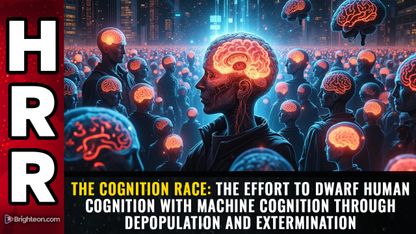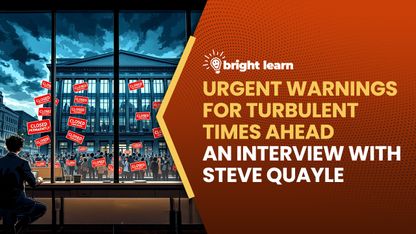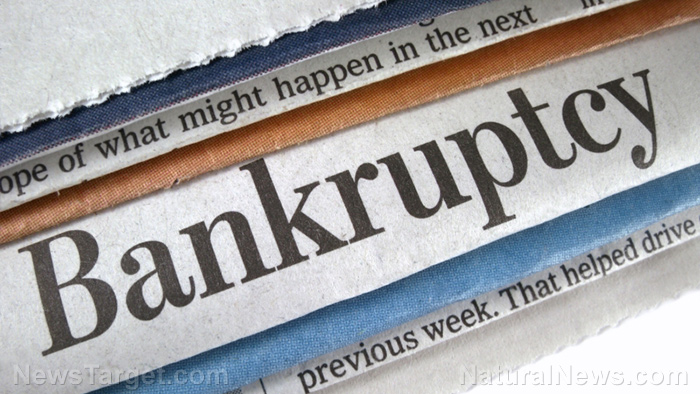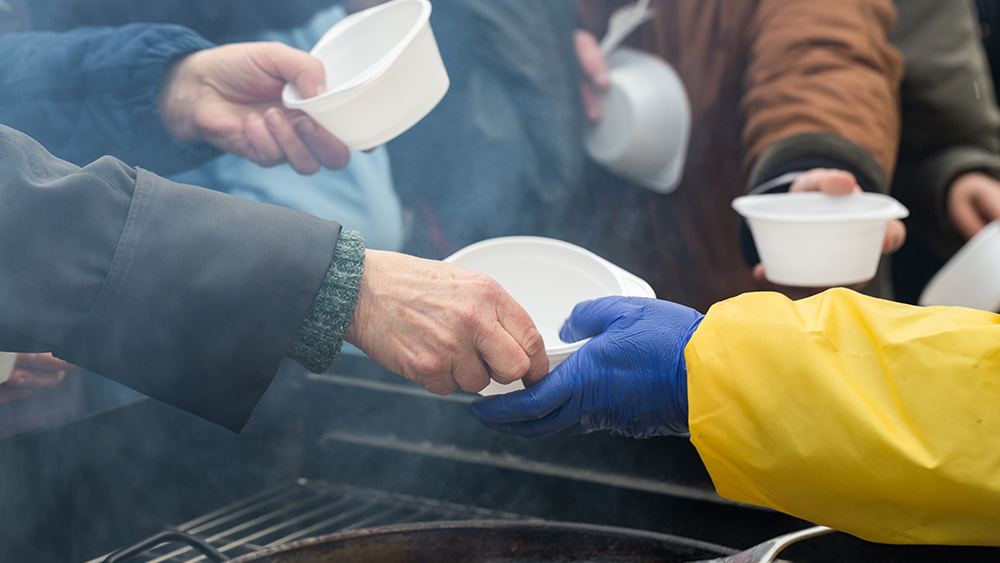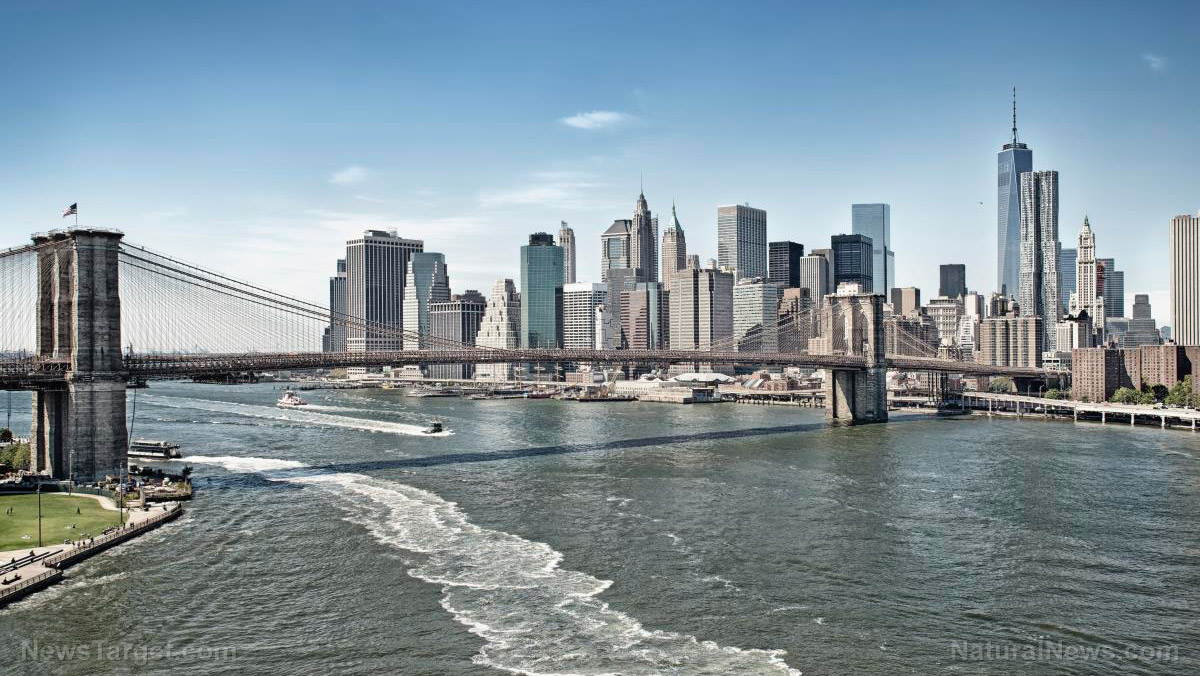
The survey, which was carried out by the NYC Hospitality Alliance, sought the opinions of 500 owners and operators of city eateries. Eighty-three percent of respondents said they were unable to pay their full rent in July, with 36.6 percent only able to pay some of it and 37.4 percent saying they could not pay any of it. Just 17.1 percent of owners said they would be able to cover all of their rent for the month, while a further 8.9 percent said they were unsure.
Among the restaurant owners who said they would only be able to pay some of the rent, 53 percent said they expected to cover half. Nearly 30 percent said they would be paying less than half, while just over 17 percent said they would be able to pay more than half.
Unfortunately, many of these establishments’ landlords are not able to help them, with some of them also dealing with their own problems thanks to the pandemic. Seventy-one percent of respondents said that their landlords would not be waiving any portion of the rent because of the coronavirus crisis. Nine out of ten reported that their landlords would not be willing to formally renegotiate their lease, while 61 percent said they wouldn't defer rent payments.
The Executive Director of the NYC Hospitality Alliance, Andrew Rigie, said: "Restaurants and nightlife venues are essential to the economic and social fabric of our city, but they are struggling to survive and absent immediate and sweeping relief so many will be forced to close permanently."
Right now, indoor dining in the city has ground to a stop. A large number of restaurants are reporting that outdoor dining services are not creating enough revenue to cover their rent and other expenses. Many small business owners are concerned that their business will not survive the pandemic.
Many popular establishments in the city have announced recently that they will be closing their doors permanently, such as Bar Sardine, Lucky Strike, Uncle Boons and Maison Premiere. Data from Open Table shows that seated diners in New York City were 94 percent lower in July than they were the year before.
Hundreds of thousands of food service workers unemployed as city's muted recovery continues
According to Grub Street, nearly 200,000 of the city’s food service workers are now jobless. Last week, nearly 5000 food service workers in New York filed initial jobless claims, which would indicate they were newly unemployed. These numbers have not changed much since late May, despite the fact that New York has seen a drop in its positive test rate.
Overall, New York City has seen a muted recovery since the peak of the coronavirus outbreak in the city. Public transportation demand sat at 55 percent below pre-coronavirus levels in mid-July as people increasingly opted to stay home. The TomTom Traffic Index showed that the city’s streets at peak traffic time are still far less congested. Traffic congestion sat at 37 percent at 5 PM on July 8; the level a year earlier was 72 percent.
It appears the road to recovery is going to be a long one. A report from New York City's Independent Budget Office warned that it will take the city a minimum of four years to bounce back to its pre-pandemic employment numbers, and another serious spike in cases could well undo what little recovery is being made in the city.
Sources for this article include:
Please contact us for more information.






